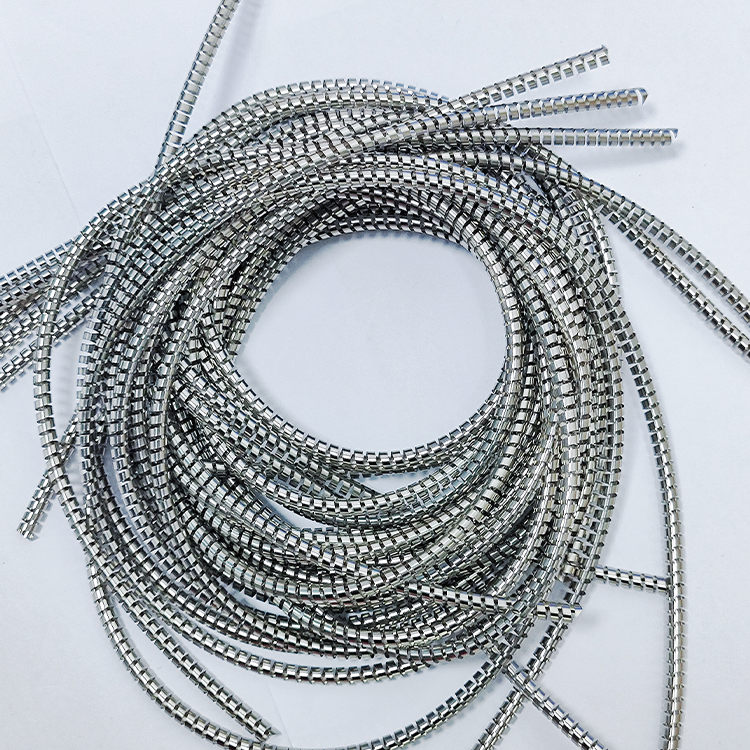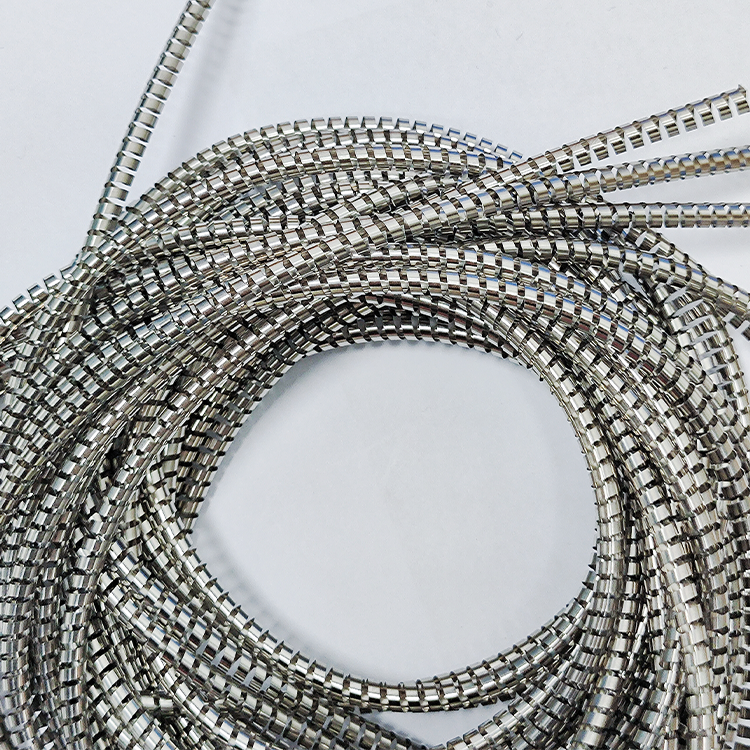When carefully crafting helical springs (coil springs), we need to carefully evaluate many factors to ensure that they are fully suitable and perform well in a variety of applications.

1. Understand the application requirements: First, we must fully understand helical springs’ required use, load bearing, rotation angle, and working environment (such as corrosion degree, vibration conditions) and other information.
2. Select appropriate materials: Select the best spring materials based on specific requirements such as mechanical properties, anti-corrosion capabilities, and high temperature resistance.Common ones include carbon steel, stainless steel and various alloy steels.
3. Establish spring parameters: Finalize key parameters, such as wire diameter, coil diameter, effective number of turns and spring free length.These parameters directly affect the performance of the spring.
4. Calculate spring stiffness: Accurately calculate spring stiffness, which is an important measure of the force required to compress or stretch a spring a specific distance.

In addition, we provide proper installation and maintenance recommendations to ensure long life and consistent, reliable spring performance in the intended application.Helical spring design is a complex task that requires a deep understanding of mechanical engineering principles, materials science and manufacturing processes.As long as you follow the above steps and fully consider all relevant factors, you can design a helical spring that meets your needs and has excellent performance.